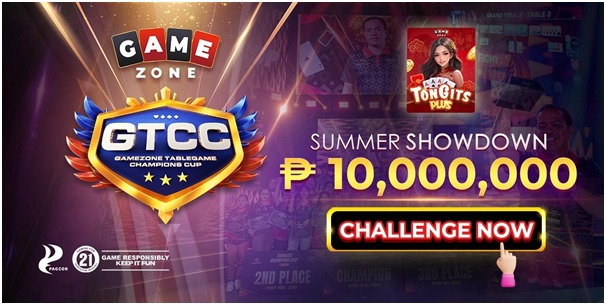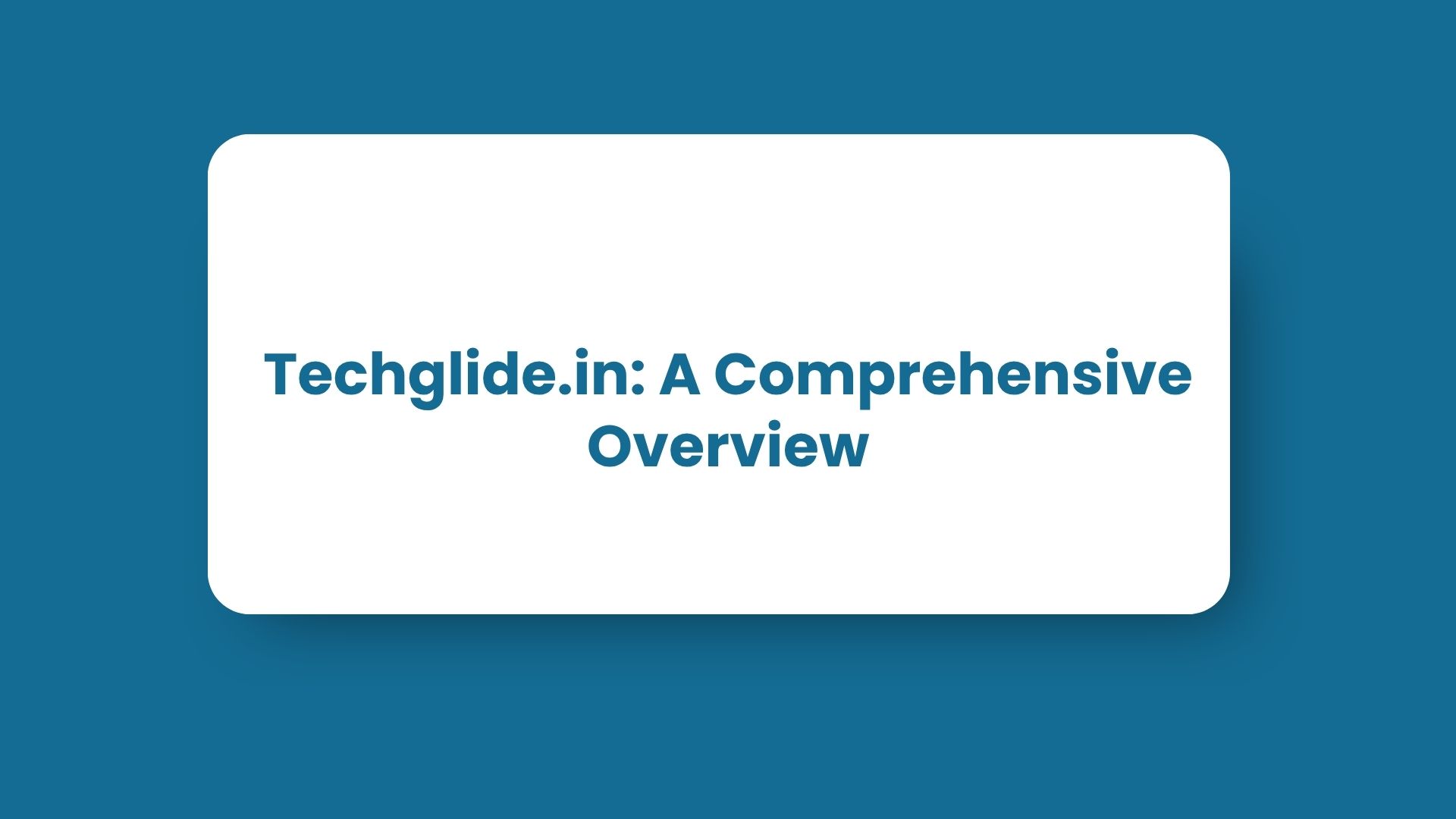As of 2025, content creation is more than just a passion or side hustle – it’s an excellent platform to earn money online for creators doing something you love! If you are a writer, video creator, podcaster, or even just a person with a great story, we can say with certainty that you’ve ready to start using the opportunities the digital space has to provide.
Who are Online Creators?
Creators have become an increasingly powerful force in our hyper-connected environment that has seen them capture millions of people with varied digital content. These creators are educators, entertainers, artists, commentators (social or behavior, to name a few).
Creators use the platforms to express their unique voices and perspectives, engaging with others, actively building a community, and creating or growing career paths that often come from their passions. Their boundless reach has changed the way media is circulated and spread to the public, but it has also changed the ways in which we learn, achieve entertainment experiences, and connect with our surrounding environment.
There are three categories of Online Creators :
- Freelancing Marketplace Platforms
- Content Creation and Social Media Platforms
- Other Platforms
Freelancing Marketplace Online Creators :
A freelancing marketplace for online creators is similar to a large online shopping mall, and online creators can set up “stores” and offer their skills and services for people or businesses that need content.
This is a simple explanation of How it Works:
- Online Creators (The Sellers): When you are a creator, you set up a profile on one of the websites. You display your best work (your “portfolio”), describe what you can do (i.e., writing an article, editing a video, designing a logo, or creating a social media post), and set a price. It is like showing your amazing art for sale.
- People/Businesses (The Buyers): When someone needs a video for their business, a blog post for their website, or simple graphics for their social media, they go to the marketplaces to find a creator. They can peruse the profiles of creators and view their profiles and work, and find a creator whose style matches what they are looking for and who has the right price. They can also post a “job” to describe everything they want, and the creators will “bid” on the job to say how they will do it and for how much.
- The Marketplace (The Middleman): The website itself is a matchmaker. It connects buyers with the right creators, and it connects creators with work. The website itself also handles a lot of the following:
- Payments: Verifying that the creator is to be paid safe and timely, while the buyer’s money is securely held while the work is being completed.
- Communication: Providing necessary tools for creators and buyers to communicate about the project.
- Reviews: Allowing buyers to leave reviews for creators (and vice versa) so people can see who does a good job.
Examples: Fiverr and Upwork of marketplaces, and it’s important to treat them that way.
- Fiverr is like a big flea market organized by service. Instead of booths or tables, each creator has a little “gig” that describes specific services offered for a price (ex: “I will create a 5 second animated intro video for $20” ). Clients browse the services and buy directly.
- Upwork is much closer to a traditional job agency. Clients post a job with a job description (e.g. “I need a long-term blog writer for tech articles”) and creators respond with their proposals (and stripes, if requested).
Content Creation and Social Media Online Creators:
Content creation and social media fit well together for online creators in the digital world of today. Even if one does not recognize it, content creation is all about creating interesting content, which can be through videos, photos, articles, or even just clever tweets, that others want to see and below.
Instagram, TikTok, YouTube, and X (formerly twitter) are the primary stages where these creators display their content. They can also build a community around their content, from where they gather some interaction from their audience, and build their online likeness.
- They choose a “thing” (Niche): First, they choose what they like and what they want to talk about. This will be your niche. It could be anything at all: cooking, gaming, fashion, learning a language, fitness, travel, or telling funny stories. The more niche, the better, so they can engage people who are really interested.
- They select platforms (stay): Different “things” work best on different platforms.
- YouTube: Suitable for longer videos (tutorials, vlogs, reviews).
- Instagram: Best for images, short videos (Reels) and stories (fashion, food, travel).
- TikTok: Short entertaining videos and trending topics (dance, comedy, tips).
- Blogs/websites: longer articles, guides, and personal stories.
- X (Twitter): quick thoughts, news, and conversations.
- LinkedIn: professional topics and networking.
- They create awesome things (Content Creation): This is at the heart of it. They do video production, blogging, photography, graphic design, podcasting, and live streaming. The focus is to do it in a way that is:
- Engaging: Something that captures people’s attention
- Valuable: Something that entertains, educates, inspires, or solves a problem for their audience
- Consistently: They produce frequently enough that the audience expects to see them again.
- They Communicate and Socialize with People (Social Media & Engagement):
- They upload their content to their desired platforms.
- They use relevant hashtags and keywords so people can discover their content.
- Most importantly, they engage! They reply to comments, respond to questions, like other people’s posts, and grow a community around their content which builds a connection with the audience and keeps them coming back!
- They build their audience (initially acquiring a fan base): Once they start producing good content and engaging people over time, they will have more and more followers that will find them. Ultimately, and audience is their most valuable asset.
- They generate revenue (Monetization): Once someone has built a substantial audience, they can start making money in a few different ways:
- Ads: On platforms like Youtube, they can accept money for ads that play on their videos.
- Brand Deals/Sponsorships: This is where companies will pay creators to share or promote their products or services. The reason they work with the creator is the audience they made has transverse trust or authority over influence.
- Affiliate Marketing: In this model, they promote a product as a good idea, and if a purchase is made through the link they provided, the creator earns a small commission.
- Selling their own products: This could include physical merchandise (t-shirts or mugs), digital products (e-books, online courses), or a membership site for exclusive subscriptions
- Donations: Fans can offer direct support.
Other Platforms for Online Creators:
When it comes to forming a more ‘familiar’ group of fans, Patreon is great. It allows an individual to make money by providing special content and perks to people who pay a set amount regularly. For online course instructors or those who wish to build an online community, Kajabi, Nrich, Teachable, Thinkific, and Mighty Networks are ideal for selling courses, lessons, and for creating private groups.
Creators and designers can utilize Gumroad to sell directly to customers with digital products. If you are selling high-production value videos, Vimeo can provide a very clean, straightforward platform for consuming your product and less disruptive marketing space, with additional controls.
There are even spaces such as Reddit where there are specific groups for creators to share their work and connect with others with that particular interest. The important part is to determine which platform fits your creation, your audience, and your selling process.
Conclusion
To summarize, the environment for online creators is shifting and provides multiple options for monetization. The creator’s content type, intended viewer, niche market, and future plan determine their most profitable platform. Creators focused on advertisement revenue, sponsorship deals, and viral expansion still benefit from using older platforms such as YouTube, Instagram, and TikTok. On the other hand, newer platforms like Patreon and Substack are designed for creators looking to establish loyal communities willing to pay for exclusive content.










